The post Composition in Photography: A Complete (and Modern) Guide appeared first on Digital Photography School. It was authored by Ana Mireles.

If you’re looking to learn about composition in photography, you’ve come to the right place.
In this article, I’ll cover what composition is, and I’ll explain how to use it to make your images eye-catching and unique.
So whether you’re a beginner photographer learning the basics or a more experienced shooter who wants to improve, read on to find out some of the most effective composition tools, concepts, and guidelines available!
What is composition in photography?
Composition in photography refers to the position of elements inside the frame and how they interact with each other.
Ultimately, composition is about the visual structure of your image.
Why is composition important?
The composition of your photograph impacts the way it’s perceived by others. When you choose what to fit inside the frame and what you leave out, where to position each element and so on, you’re capturing a scene with your unique vision.
That’s why it’s important to carefully compose your photos!
Basic techniques and concepts for composition in photography
We are instinctively attracted to images with a good composition.
Why?
Because we find them harmonious or interesting!
However, we are not as naturally skilled at creating stunning compositions.
That’s why photographers have developed basic compositional guidelines and concepts that can quickly improve photo compositions – without requiring years of experience.
Starting with:
The rule of thirds
You’ve probably heard about the rule of thirds – or at the very least, you’ve seen it. That’s because most cameras, including the one on your smartphone, have a rule of thirds grid overlay.
The rule of thirds grid is formed by four lines – two vertical and two horizontal – placed at an equal distance from each other and the photo edges (so the frame is divided into thirds).
Like this:

But what actually is the rule of thirds?
It’s a guideline stating that you should position compositional elements along your gridlines – and that the focal point of your composition should sit at one of the gridline intersection points.
You can follow this rule in both portrait and landscape orientation, and it works for all types of photography. For example, if you are doing a full-body portrait, you should often place the subject toward one of the gridlines and not in the center.
And when you’re photographing a landscape, you should put the horizon toward the top or bottom third of the image and never in the middle.
Note that the rule of thirds is a guideline, not a true rule. Once you’ve mastered it, I recommend trying to violate it with other concepts – such as symmetry, or with even more complex techniques such as the golden ratio (discussed below).
Leading lines
Leading lines direct the viewer through the image, like this:

When you read a text in English, you automatically start at the top left. Then you continue toward the right until the end of the line.
The same thing happens in photography. When we see an image, we also “read” it. Your eye goes from one element to the next – in order to view details and understand the story that’s being told.
That’s where the leading lines come into play: They guide the eye through the image.
Leading lines can be present or implied, and they can be straight or curved. For example, a leading line can be a curvy road getting lost in the mountains. This will compel viewers to follow the road, pulling them into the image.
Texture

Texture is often overlooked as an element of the composition. You can use it to create contrast between two elements – one that is smooth and one that is rough, for example.
You can also use texture to create interesting shapes and leading lines, or to add interest to an otherwise dull subject.
To work with textures, you need to consider the type and direction of the light. A hard light that comes from the side will emphasize the texture. A soft light coming from the front flattens the surface.
Color

Color is a key consideration for composition in photography. There are so many color harmonies that you have endless possibilities!
You can use complementary colors to create contrast and make your subject stand out. And you can bring together apparently unrelated elements that are united via a color scheme.
A good way to learn and understand color palettes is Adobe Color. You can use this tool even if you don’t have an Adobe subscription.
Simply select a color wheel with different color harmony rules, such as monochromatic, complementary, etc. You can also upload a photograph to extract the color scheme or gradient. And to stay updated, you can browse trends based on Adobe Stock and Behance.

My favorite tool in Adobe Color is Explore, where you can input a concept or a mood and see the colors that represent it (with multiple examples from the visual arts).
Shape

As photographers, we’re used to thinking of ways to add depth to a two-dimensional surface.
Because of that, it’s easy to overlook the importance of shapes. Yet when you’re composing your images, you can use shapes to establish a careful arrangement.
Think of a cake being photographed from the top; that’s a circle. If you cut out a slice, then you’re adding a triangle to the composition.
Every shape gives a different feel to our photographs. For example, squares convey stability, while circles make you think of movement and energy.
That’s why posing a group for a corporate portrait usually means forming squares or rectangles, whereas family portraits are often posed in triangles or dynamic shapes.
A good way to practice shape-based composition is by using shadows or shooting silhouettes. That way, you take out any three-dimensionality and focus only on the shape of objects.
Symmetry
Symmetry is defined as something that is exactly the same on both sides, such as a mountain peak or a tree trunk.
And it can work great in art – as long as you use it carefully.
Note that, in art, a scene is rarely 100 percent symmetrical. Instead, you’ll end up with scenes that are almost symmetrical and are well-balanced on both sides.
Like this lake photo:

The trees and water aren’t perfectly symmetrical, but they’re close, and the overall scene has a feeling of balance.
Take a portrait as another example. If you photograph a face perfectly centered in the frame, your image will be symmetric. It won’t matter if the subject has a birthmark on one of their cheeks, or that one of their eyes is slightly lower than the other – the symmetry will dominate.
One of the reasons we find symmetry so appealing is because we often find it in nature. And psychologically speaking, symmetry offers a sense of order that makes us feel at ease.
(A great way to play with symmetry in your photography is by shooting reflections or patterns!)
Contrast

Another important concept that can enhance your composition is contrast.
Since we are talking about photography, the first thing that comes to mind is contrasting light, such as low key photography. Here, you capture a very dark image where only a small detail is highlighted (which makes for a highly dramatic result).
However, tonal contrast is not the only type of contrast you can use to improve your compositions. You can also use color contrast (as discussed earlier), juxtaposition, and conceptual contrast (which pairs opposite ideas or aesthetics).
Advanced composition in photography
Once you’ve mastered the basics of composition, it’s time to challenge yourself and move on to more advanced techniques.
Here are some of the most popular tools to consider:
The rule of space
The rule of space tells you to leave space in front of the subject, especially if it’s a moving subject. The idea is that the viewer needs enough room to imagine the subject carrying on the action that it’s performing.
For example, if a duck is paddling away, you would put significant space in front, like this:

And according to the rule of space, if you photograph a person who’s running to the right, you should place them on the left side of the frame (and vice versa).

But remember that there’s an exception to every rule, especially when it comes to composition. So if you want to add tension or intrigue the viewer, try violating the rule of space!
The complicated thing about composition is that you must choose to apply or break the rules depending on the message you want your image to convey.
The rule of odds

The rule of odds is based on the principle that people find it more interesting to see odd numbers. While even numbers show stability and work well for symmetric compositions, odd numbers allow the eye to flow through the image.
So according to the rule of odds, you should include odd numbers of items in your compositions.
I recommend you use this rule when it fits the situation, much like you would with shapes. If you want a dynamic composition, you use triangles, diagonal lines, and odd numbers. And if you prefer stability, you can choose straight lines, squares, and even numbers.
In any case, the important thing is to use the rules to your advantage and take control of your compositions.
When you’re shooting food or products, it’s often easier to follow the rule of odds.
But following the rule of odds isn’t as easy when you’re photographing a family of four; you can’t just decide to exclude one of them!
(Though when you’re facing this situation, you can arrange the group so the viewer sees one plus three instead of four.)
Triangular composition
In the first part of the article, I talked about using shapes to compose your images.
But did you know that the most popular shape in composition is the triangle?
You can create triangles with poses in portraits, mountains in a landscape, or a church tower on your travels.
However, if you want to up your game a bit more, you can use golden triangles. This composition technique divides the frame first with a line that connects one corner with the opposite one, then adds two smaller lines coming out from each of the remaining corners.
Like this:

Ideally, you would place the most important elements of the composition where the lines intersect. To achieve this, you may have to tilt your camera; this is called a Dutch angle (aka the Dutch tilt, German tilt, or Batman angle).
That’s why it’s not always possible to use the golden triangle guideline (or, at least, it’s not always the best choice!).
The golden ratio
The golden ratio is a mathematical term that was later applied to art and eventually photography. It equates to 1.618, and there are two ways it can be applied to photographic composition:
As a grid or as a spiral.
The golden grid (aka the Phi Grid)
The Phi Grid divides the frame into nine blocks, just like the rules of thirds.
However, this grid doesn’t follow a 1:1:1 ratio – which means the blocks are not the same size. Instead, the grid is 1:0.618:1, so you get smaller blocks toward the center, like this:

This composition tends to be more natural, as the golden ratio is also found in nature. It also has a better reputation than the rule of thirds, which many consider to be amateurish – a first step that should be quickly outgrown for more complex techniques.
The golden spiral (aka the Fibonacci spiral)
For this composition tool, you should follow a spiral whose growth factor is the golden ratio.
It looks like this (though note that it can begin at any corner of the frame):

This spiral is found in natural structures such as sunflowers, pine cones, seashells, etc. You can also find it in many artworks and buildings because many artists have used it throughout the centuries.
To train your eye, you can print or draw a golden spiral, then use it to study the photographs from Irving Penn or Henri Cartier-Bresson, who both used the golden spiral to achieve astonishing results.

Composition in photography: conclusion
Now that you know most of the popular composition tools, you can use them to dramatically improve your images!
I know it’s a lot of information, but composition in photography will become more intuitive as you get more practice.
My suggestion is to keep it simple at first and practice the tools one by one.
Once you get comfortable with each composition guideline, you can combine them to achieve a more complex result.
And remember:
These are just guidelines you can use as you see fit to find your own artistic vision.
Now over to you:
Which of these composition techniques is your favorite? Which do you plan to use in the future? Share your thoughts in the comments below!
Composition in photography FAQs
To emphasize an element in your photograph, you need to draw the viewer’s attention to it. You can use composition techniques, such as leading lines, to achieve this.
No, the rules of composition don’t have a hierarchy. Instead, rules work better in different situations, and the best technique for one photograph can be wrong for the next one.
Yes, these rules apply to all types of photography, including mobile and video. If you want some help getting started, most camera phones have a grid overlay that follows the rule of thirds. You can enable/disable it in the settings section. Alternatively, you can install a camera app that supports different types of grids (such as A Better Camera).
You can use Lightroom’s overlays to improve the compositions of your photos. To use these, select the Crop tool from the Develop panel. Make sure that the Overlay is enabled. Then press the “O” key to toggle between all the available overlays.
Absolutely! Even though some of them are called rules, they are only guidelines, tools, and techniques to help you achieve better results. There’s always flexibility to experiment. It’s important to know the rules before you break them, though!
The post Composition in Photography: A Complete (and Modern) Guide appeared first on Digital Photography School. It was authored by Ana Mireles.










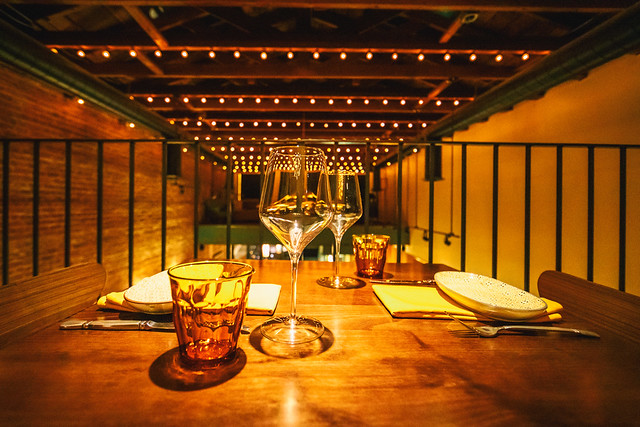
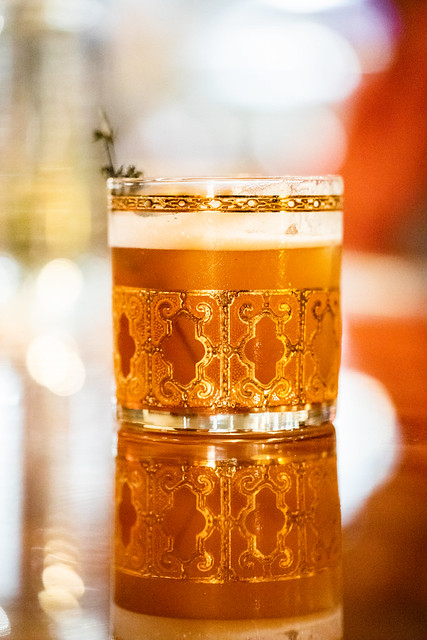
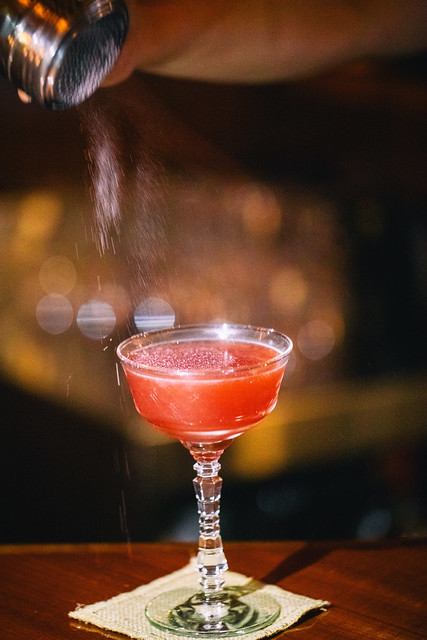
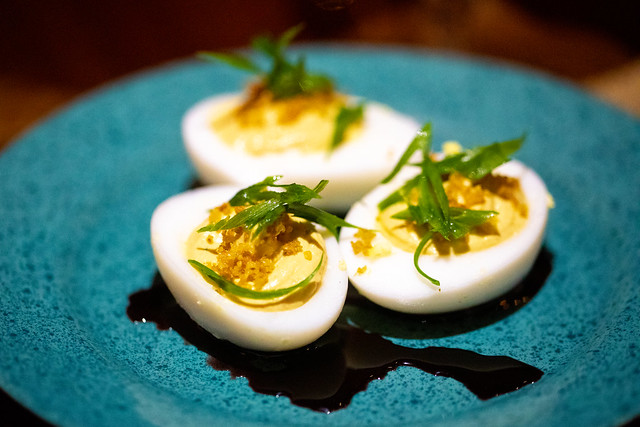


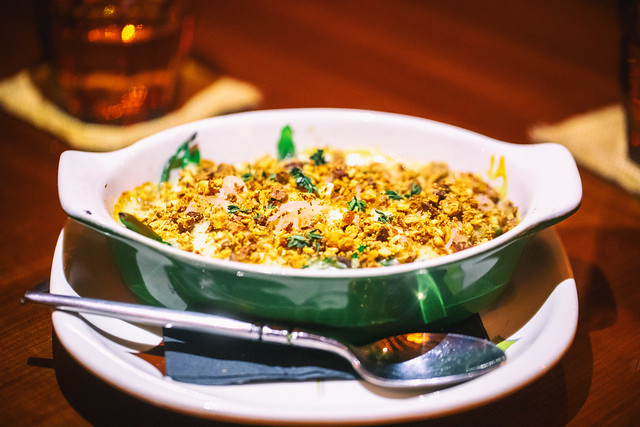

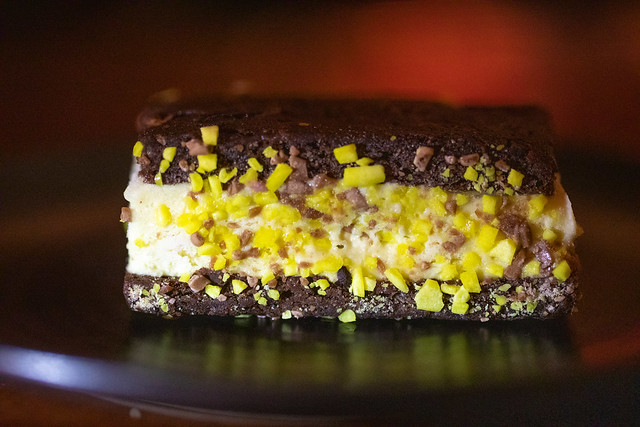
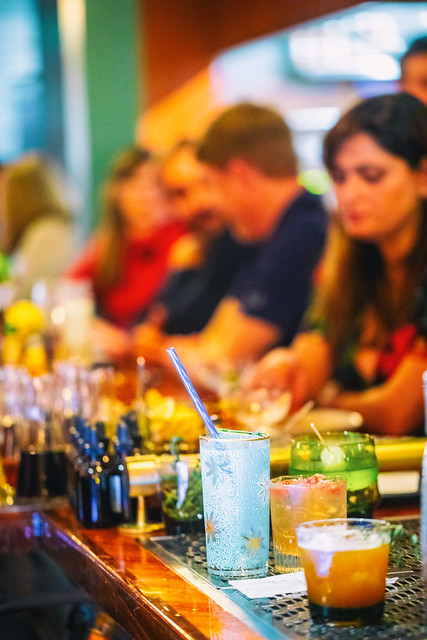


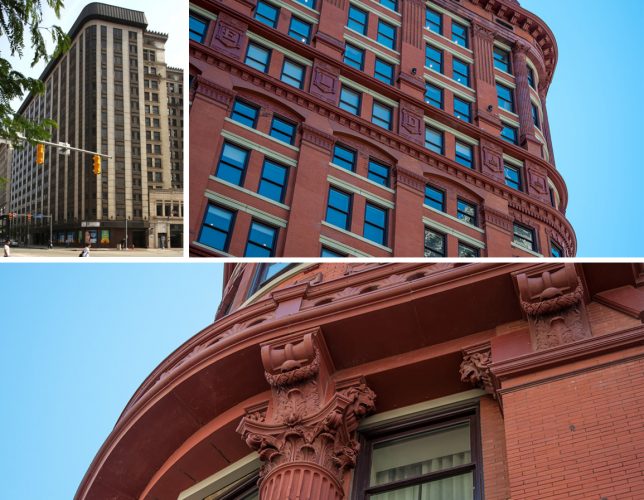
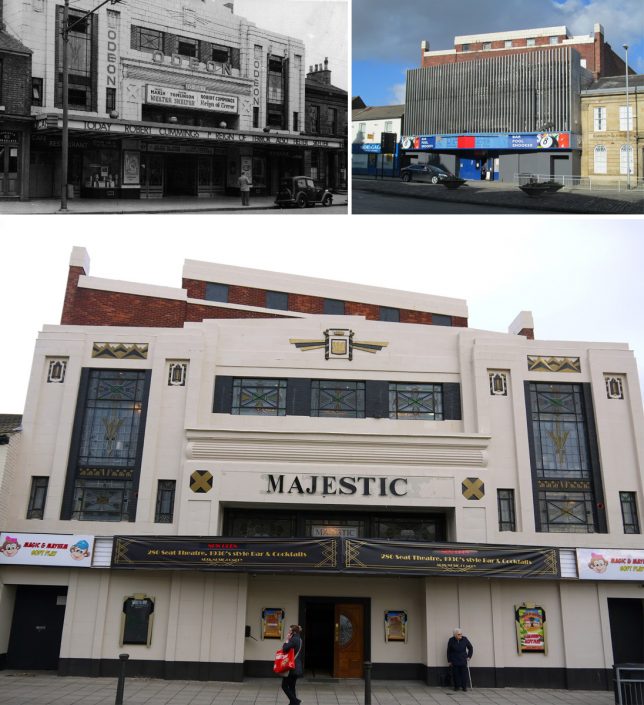







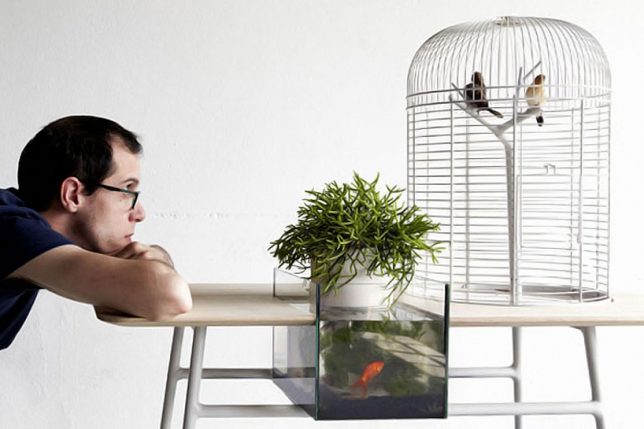
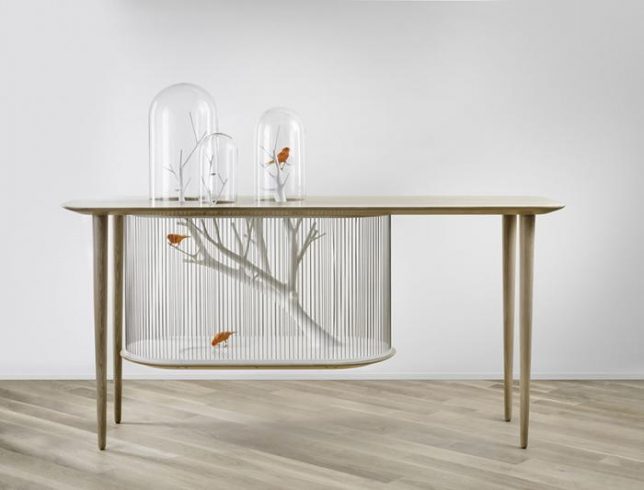
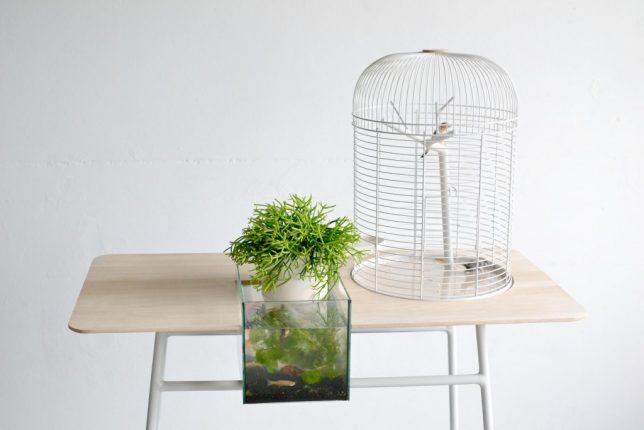

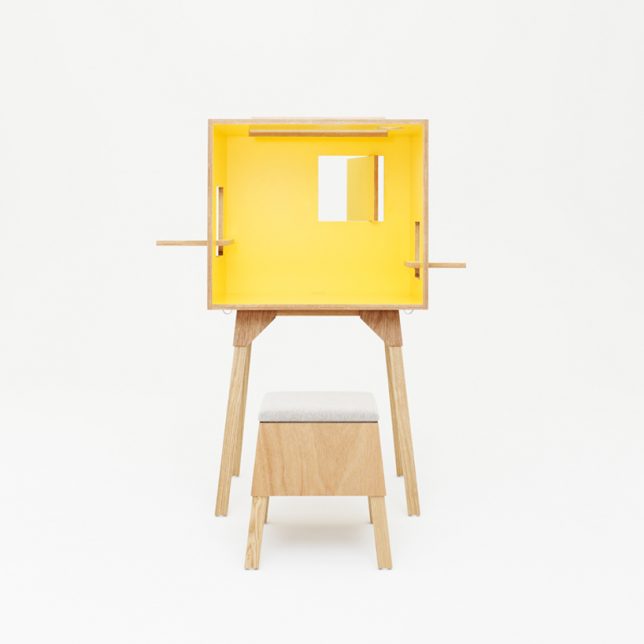
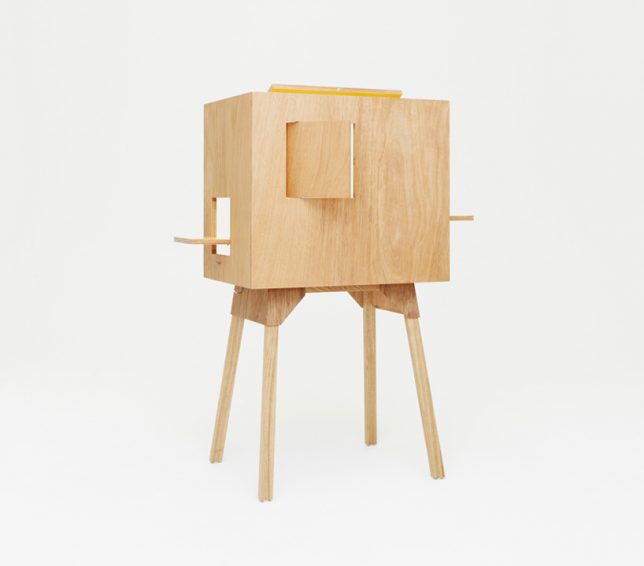
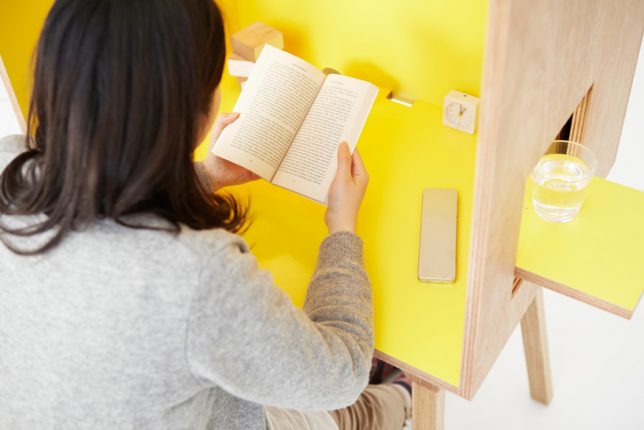

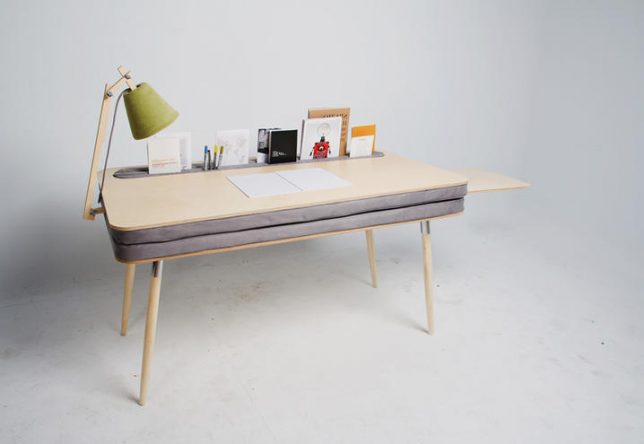
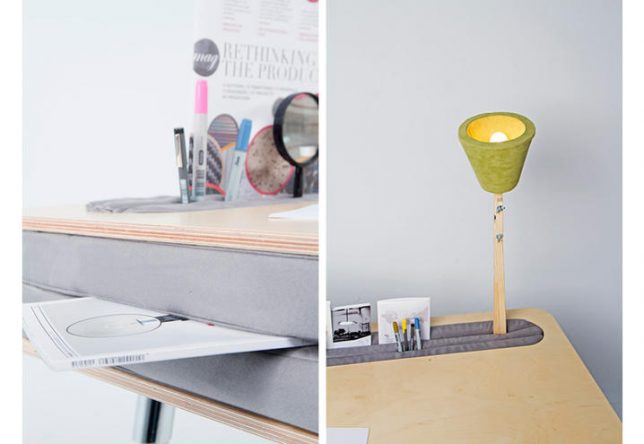
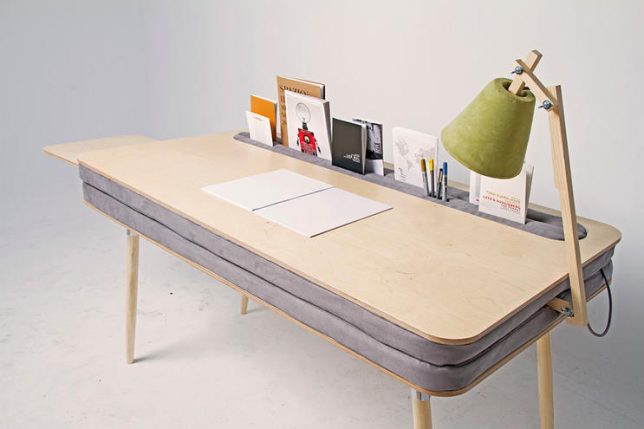
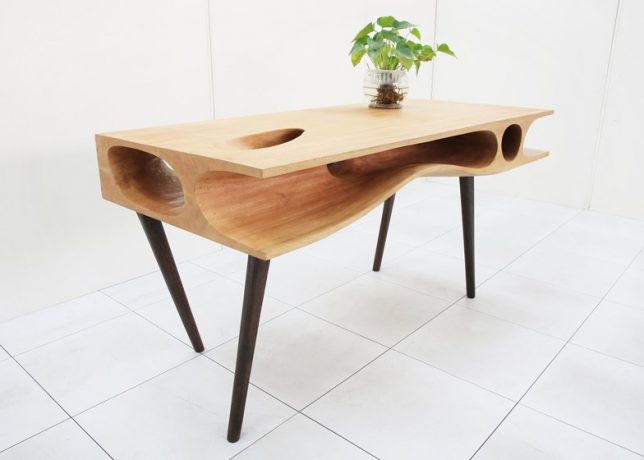
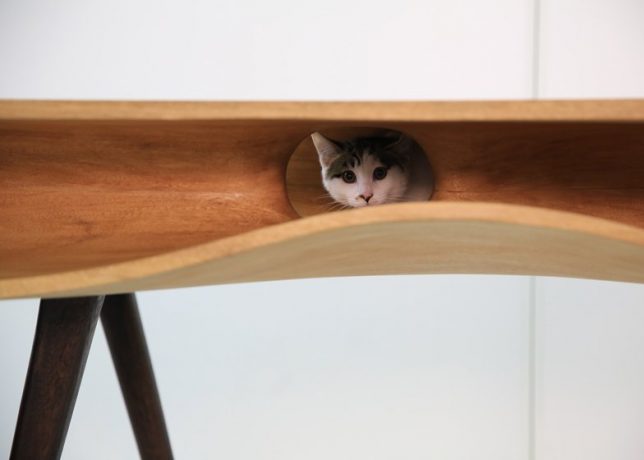
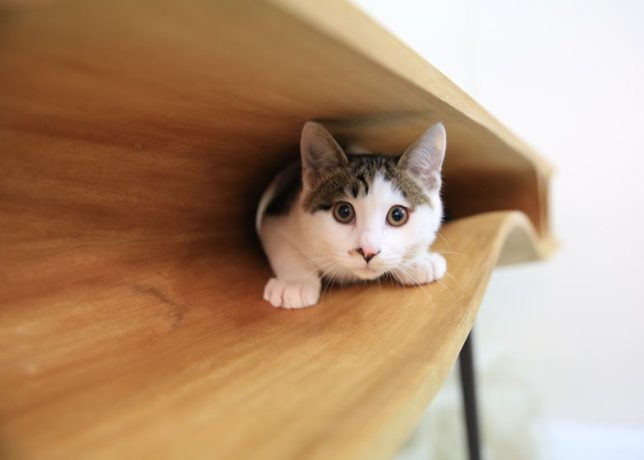
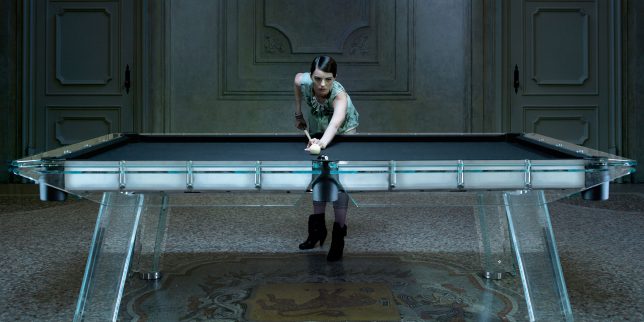
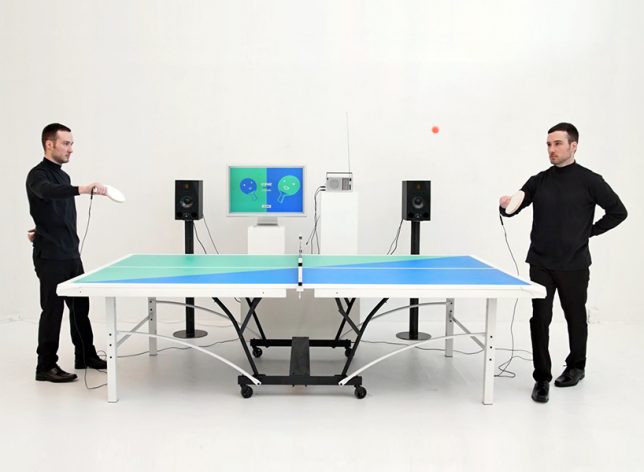
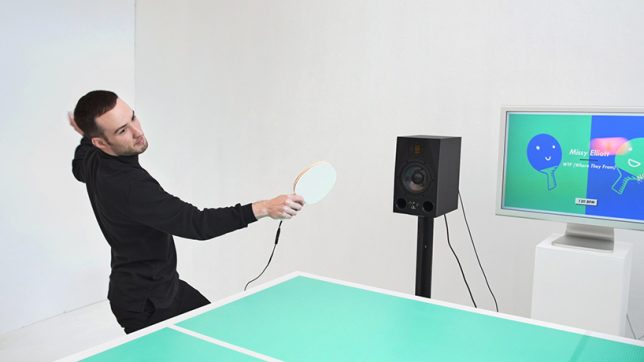
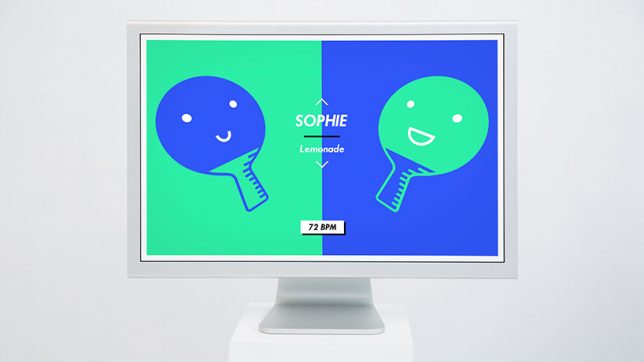
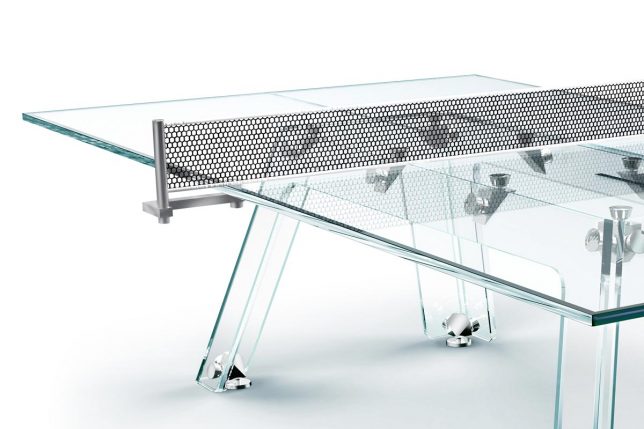
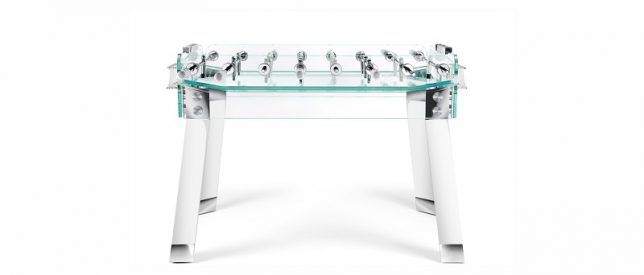
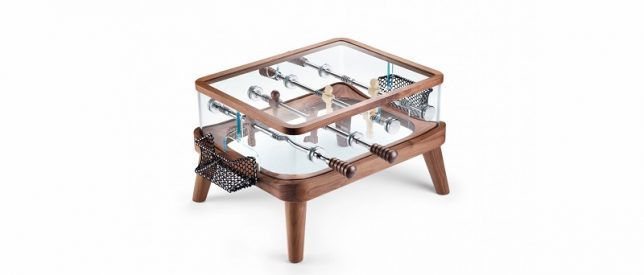
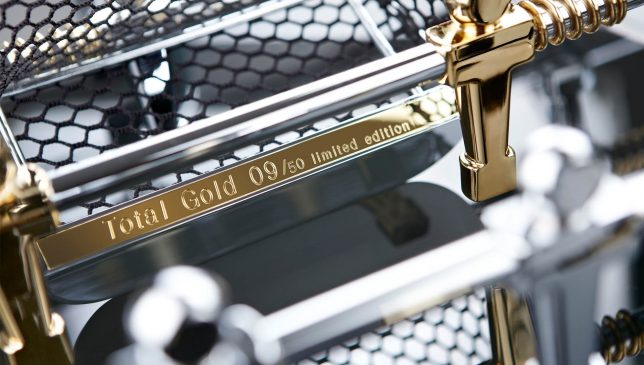
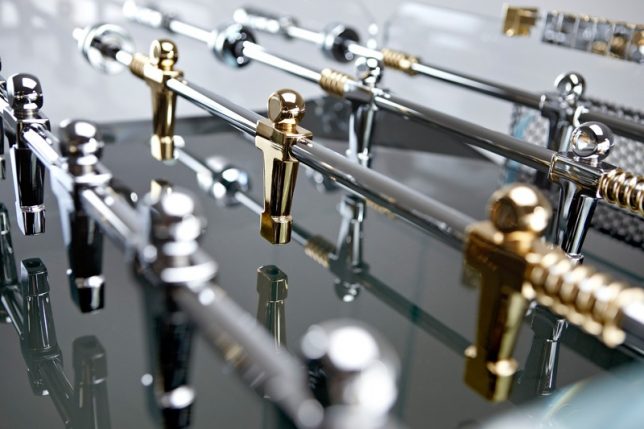
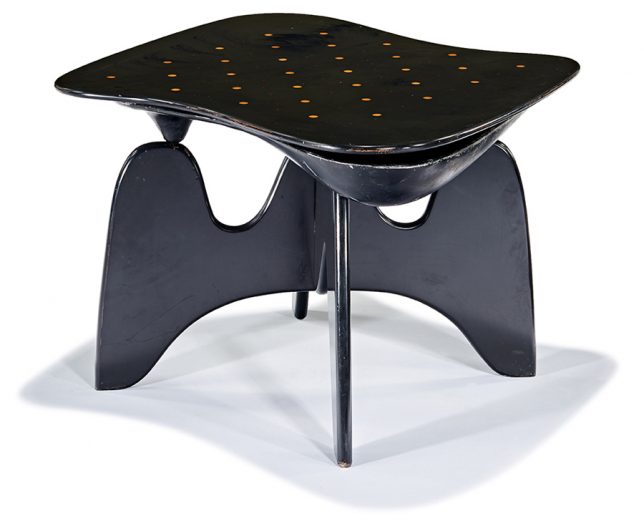
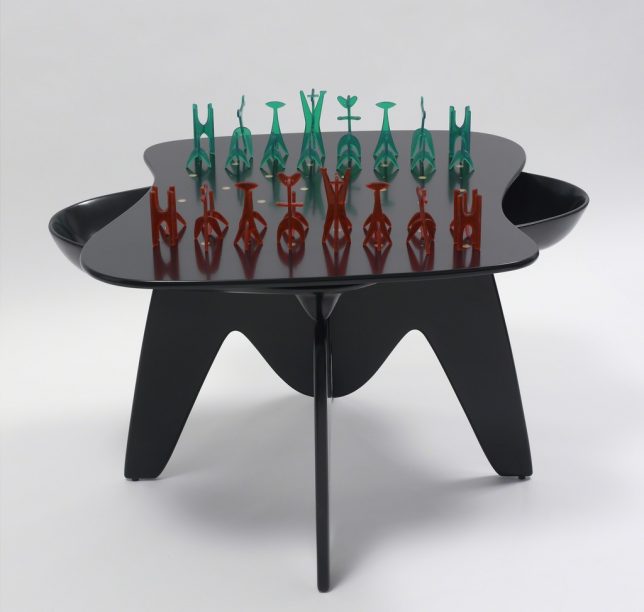
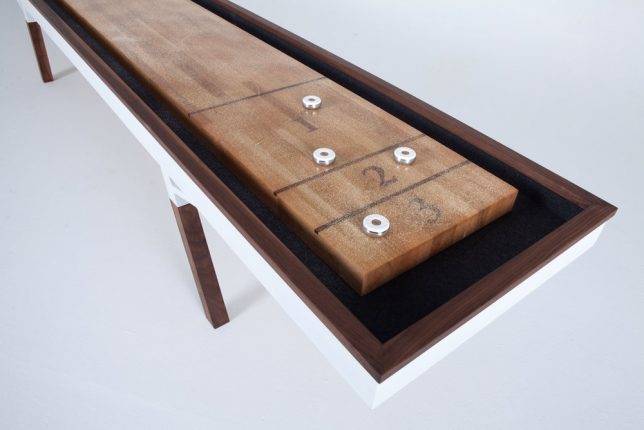
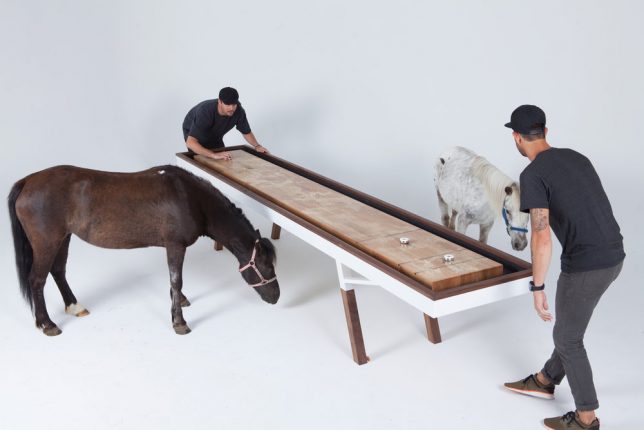
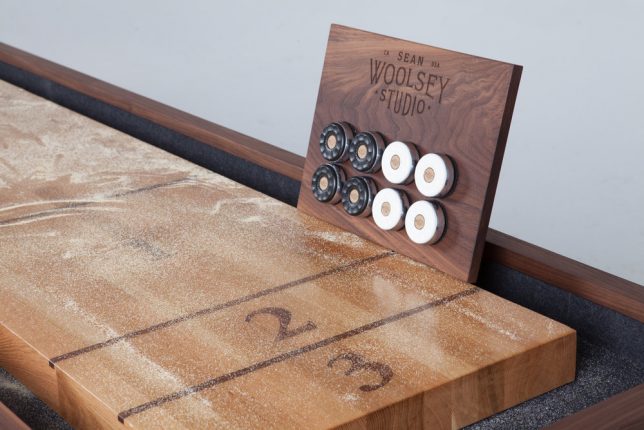
You must be logged in to post a comment.